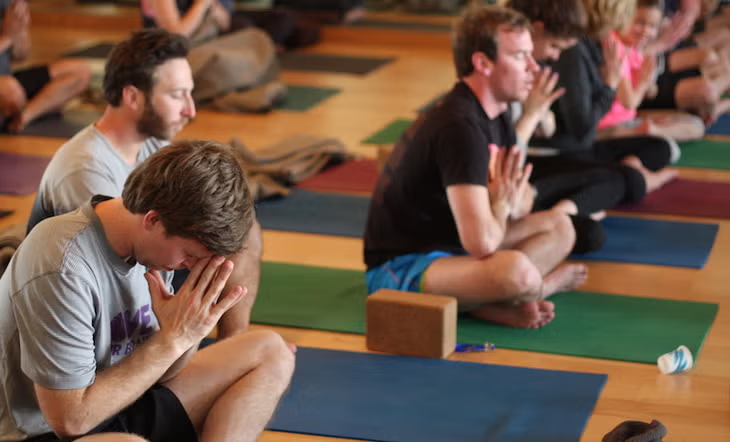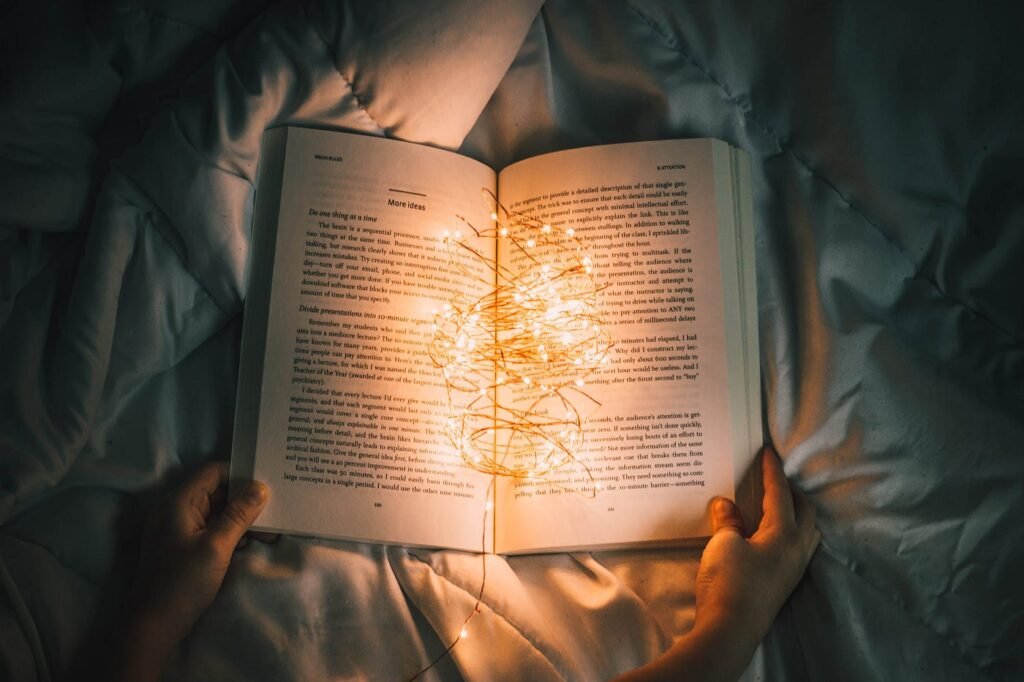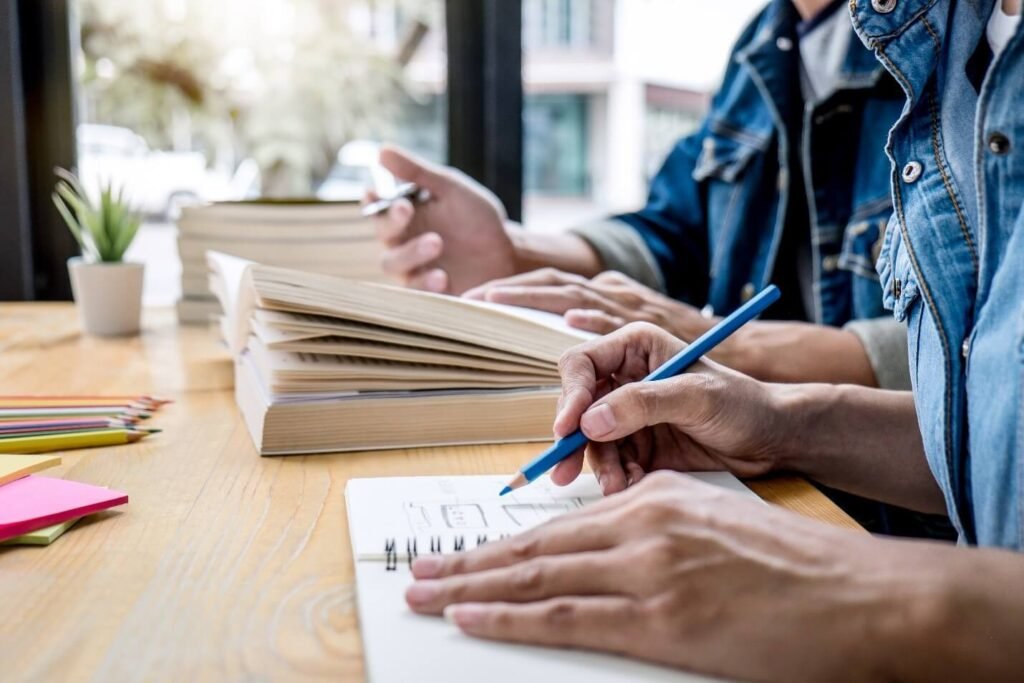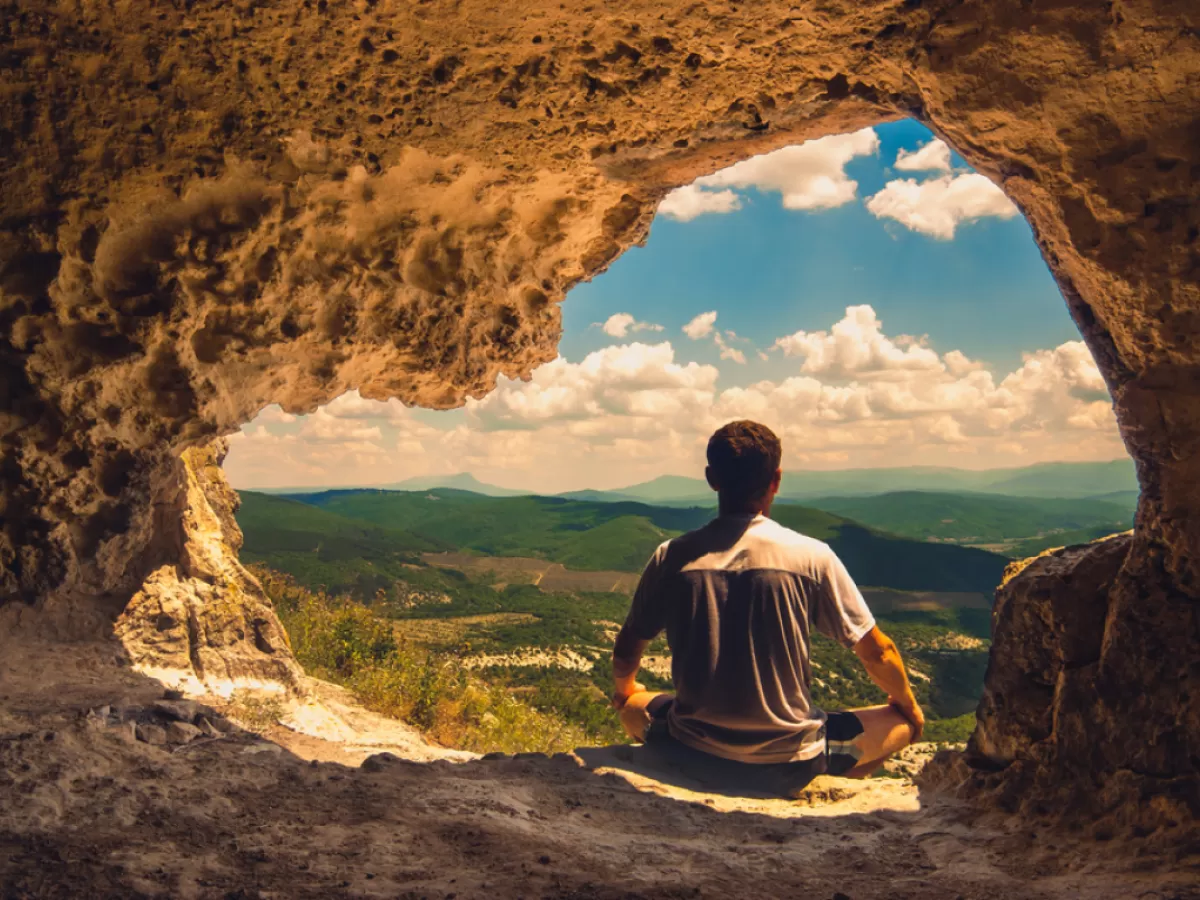
A Journey Through Loss and Healing: Meditation, Brain Injury, and Reclaiming My Life

It was 1997, and I was just pulling out of a parking garage in Los Angeles, excited for the long drive home to Encinitas after a few weeks on a work project. I could already smell the salty ocean air and hear the soothing sound of the surf—this drive would always rejuvenate me. But as I made a left turn at the first intersection, a woman ran a red light and collided with my car, sending it into a spin. My car struck three others, finally coming to rest in front of a stone church.
In that instant, my consciousness seemed to split in two. My ego, terrified for its survival, screamed. But another voice—impatient and authoritative—reprimanded the woman screaming in the aftermath and wished she would just be quiet.
Navigating the Loss and Reality of Brain Injury

The accident left me with brain damage that would change my life in ways I couldn’t have imagined. I lost 80 percent of my peripheral vision and a significant amount of memory. I developed a stutter, lost my sense of direction, and often got lost even when I was familiar with the area. If I went out, I cupped my hands over my eyes to limit the overwhelming sights around me. One day, during a neuropsychological examination, I became so frustrated by my inability to complete simple tasks that I lashed out at the technician and broke down in tears. Yet, despite all of this, I didn’t consciously acknowledge how severe my situation was. Denial, it seems, was my constant companion.
Back then, the concept of neuroplasticity—the brain’s ability to rewire itself and recover after an injury—was not widely understood. Doctors told me my brain damage was permanent. I was told I would never regain the function I had lost, which left me with a mixture of anger and relief. The relief came from the thought that I was now like a clean slate, free of the old constraints, yet unprepared to fully express my potential. But I did have three key things: a neurologist who was committed to helping me, an intense desire to regain my life, and my meditation practice.
Meditation as My Guide

I’ve been meditating since I was 21, and it was the one practice that had no limitations. It required no judgment, no negative side effects, and no dependence on technology. After my diagnosis, I made a plan to meditate for an hour every morning and evening, following the intuitive guidance I received during these sessions. I also kept seeing my neurologist regularly to track my progress.
During these early months after the accident, my meditation practice didn’t resemble its former calm, ordered state. Still, I anchored my practice in a verse from Paramahansa Yogananda’s God Talks with Arjuna, which offers this reassurance: “To those who meditate on Me as their Very Own, ever united to Me by incessant worship, I supply their deficiencies and make permanent their gains.” This passage became a mantra for me, helping me through the most challenging times.
I also incorporated other self-care practices into my routine. I took long walks by the ocean, cleaned up my diet, and prayed for guidance. These prayers led me to alternative therapies that helped alleviate my symptoms. A Brain Gym therapist helped calm my stutter and improve my word retrieval. A chiropractor guided me through deep-rooted PTSD images, and a neuro-acupuncturist restored most of my peripheral vision. An osteopath helped me rebuild my mind-body connection. Through all of this, my meditation practice remained a constant.
The Return to Storytelling: Writing a Book About Spiritual Practice

Two years into my recovery, I felt an inner calling to write a book about how women use their spiritual practices to navigate life’s darkest moments. Although my ability to string coherent sentences together was compromised, I trusted the wisdom of the Bhagavad Gita: God would provide the support I needed.
Over the next two and a half years, I interviewed 14 extraordinary women—including Sister Helen Prejean, Katherine Dunham, and Zainab Salbi—to explore how their personal relationship with the Divine influenced their lives. Listening to their stories and editing their words helped me rediscover my own voice. It was as if their shared wisdom was rewriting my narrative.
My agent encouraged me to weave my own story into the book, and though I was terrified to publicly share my brain injury, I chose to do so. By telling my story, I wanted to bear witness to the transformative power of meditation and the faith that sustained me through this challenging time. I shared my experience to help others see their struggles as opportunities for growth, to find their own path to healing, and to invite them to view limitations as pathways to awakening their deepest potential.
The Neuroplasticity of Writing

Writing this book, editing, and revisiting my own experiences became a way to “re-groove” my brain’s neural pathways. Just as walking along the same path every day creates a footpath, my commitment to telling my story helped create new pathways in my mind, healing the damage that had once seemed permanent. This process of neuroplasticity—the brain’s ability to reorganize itself after injury—was unfolding in real-time, and I was witnessing it firsthand.
FAQs
1. How did meditation help with your brain injury recovery?
Meditation provided a tool for inner healing. It helped me maintain a sense of calm and focus even when everything felt chaotic. By consistently meditating, I also trained my brain to reorganize itself and regain cognitive functions that had been lost due to the injury.
2. What other self-care practices did you use in addition to meditation?
Along with meditation, I engaged in physical activities like walking, improved my diet, and sought therapies such as Brain Gym, chiropractic care, neuro-acupuncture, and osteopathy. These practices, combined with my meditation, supported my recovery.
3. Can neuroplasticity help with permanent brain damage?
Neuroplasticity offers hope for recovery, even after significant brain injuries. While it may not erase all deficits, the brain has the ability to form new neural connections and compensate for lost functions, which is a critical part of healing.
4. How did writing your book help in your recovery?
Writing and editing the book became a method of “re-grooving” my brain’s neural pathways, helping me to reclaim my cognitive abilities. The process of telling my story not only helped others, but also gave me a sense of purpose and progress in my recovery.
Conclusion: The Healing Power of Meditation and Faith
My journey from brain injury to recovery has been long and difficult, but through meditation and a deep connection to spiritual practices, I have reclaimed my life. While the brain damage I suffered in the accident seemed permanent at first, the practice of meditation, along with alternative therapies, has played a crucial role in my healing.
The path to recovery isn’t linear, but it’s about creating space for transformation, trusting in the process, and having faith that change is possible. My meditation practice has been the anchor in this process, and the lessons I’ve learned from it continue to guide me as I move forward. My story is one of resilience, showing that even in the face of adversity, with patience, self-care, and faith, healing is possible.
